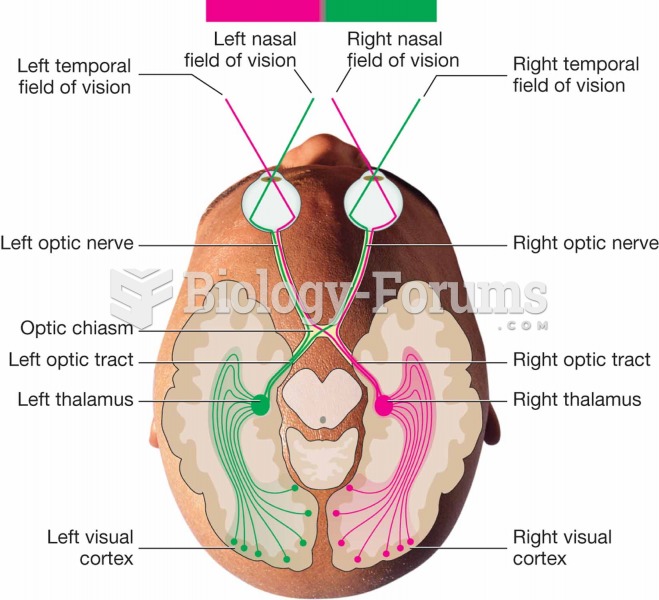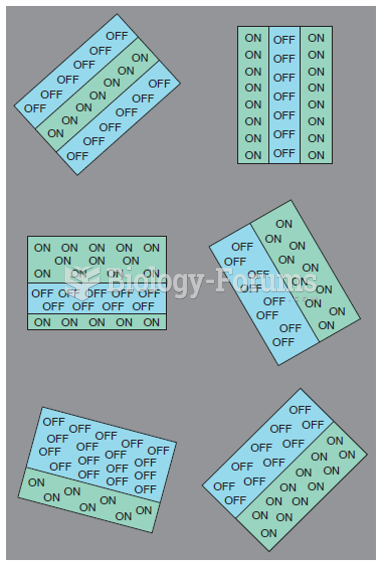Answer to Question 1
ANSWER: Art is fundamental to the growth of a child and an integration of many skills and basic experiences that begin at home and are continued and expanded in early childhood programs. Art is visual communication through the elements of color, line, shape, and texture instead of words. Smith, Fucigna, Kennedy, and Lord (1993) call it graphic language. Art is developmental, and its contributions can be seen in physical, cognitive, social, and emotional development.
Answer to Question 2
ANSWER: Put trays across wheelchairs.
Provide wheelchair-height tables.
Place a stool under the table so that a child sitting in a regular child-size chair who cannot reach the ground will be able to rest her feet on the stool and stabilize her body.
Wrap art tools such as crayons, markers, pencils, and brushes in foam hair curlers to improve grip.
Use scented crayons and markers. Provide many tactile materials.
Tape papers to the table to keep them from wrinkling or moving when the children are using them.
Use contact paper or other sticky paper as the backing for collages.
Lower the easel and give a child a chair if she has difficulty standing at an art easel.
Ensure access to appropriate technology for children with special needs, for whom assistive technologies may be essential for successful inclusion.
Use computer voice-text software that allows children to both receive and produce written communication, either with words or symbols.
Use adaptive peripherals, usually special switches or hardware that plug into the computer. This can provide alternatives for children unable to use a mouse or keyboard.







